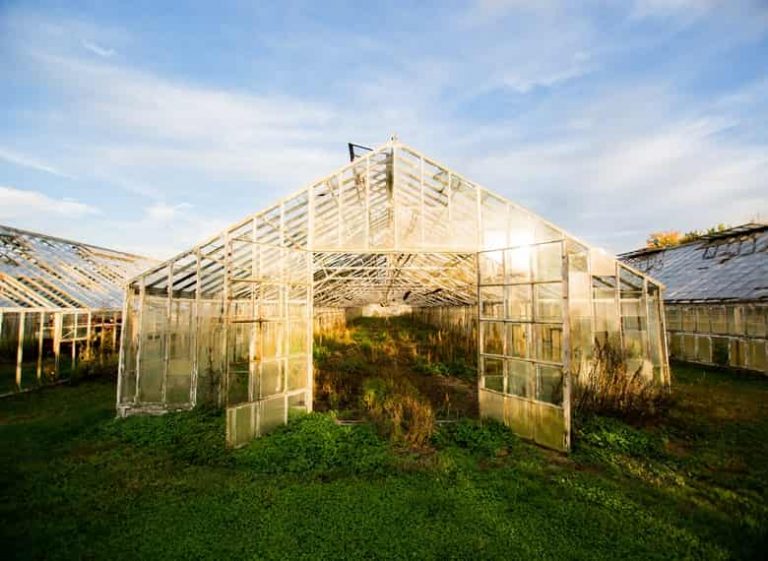Are your tiles looking brownish or dirty? A discolored floor, causing by grouts won’t impress your guests. So, it’s time you start cleaning those grouts between tiles.
Many house owners love grouting between tiles because it gives them a shiny and lasting effect. But as time passes, they become moldy, dirty and discolored. Cleaning tiles can be easy, but cleaning grouts? It’s not an easy task to do.
Additionally, being porous composition and light-colored, grout leaves stains. No matter how much you clean the bathroom or kitchen tiles, mold, dust or spills come back again. Eventually, it makes your room and house look unpleasant. Moreover, it’s an enormous pain to bend down on knees and scrub them, especially for homemakers.
So, how to clean floor grout without scrubbing? Well, there are some easy ways to clean grouts. All you need is suitable cleaning agents and leave them to do the job. In fact, you can make your own homemade grout cleaner too.
However, remember you can’t permanently clean grout without bit scrubbing it off. But the following article will help you with some handy tips to get shiny and original colored tiles back with minimum effort.
How To Clean Floor Grout Without Scrubbing?
Grout is susceptible to mold, dirt, stains and soap scum. That’s why you need to clean the tiles often in order to keep them grout-free.
However, scrubbing grout is the last thing you want to do. So what is the solution? You may buy grout cleaners from stores or make helpful DIY cleaners by yourself. In either case, you can get an idea of how to clean floor grout without scrubbing.
Here are some tips for you.
Pour Baking Soda and Peroxide Mixture
It is the easiest and cheapest way to clean floor grout. Most importantly, baking soda and peroxide are always available in your kitchen. Hence, you don’t need to rush to stores to buy.
So here’s how to clean grout using these two cleaning chemicals.
- Take 1 cup of baking soda and peroxide.
- Mix the ingredients into a mixing bowl.
- Put the solution mixture into a spray bottle and sprinkle or pour directly into the grout between tiles.
- Leave the mixture for about 10-15 minutes.
- Take a small brush or toothbrush to scrub the grout.
- Rinse with water.
You’ll be amazed to see that how easy and fast it cleans the grout with less effort. Eventually, peroxide is a great cleaning agent with oxidizing and sanitizing properties, whereas baking soda contains alkali property.
Hence, mixing them makes the grease and dirt dissolve and vanish effectively. You may see foaming after applying on grout as the reaction between the chemical and dirt.
However, depending on the dirt, increase the amount of peroxide or baking soda taken. Further, you may have to repeat the process to get full shine and cleaning.
Spray with Vinegar and Citrus as Gentle Grout Cleaner
The vinegar and citrus, i.e., lemon, are other easy homemade gentle grout cleaners. You can also add baking soda, dish soap or liquid handwashing soap with them. Thankfully, these are all affordable and available at home.
Here is how to clean floor grout without scrubbing using vinegar.
- Take 3 cups of warm water, ½ cup baking soda, 1/3 cup lemon juice and ¼ cup white vinegar. Further, you may add 2-3 tbsp liquid soap.
- Mix all ingredients in a spray bottle.
- Spray over the floor or tiles, wherever you need and let it sit for an hour.
- Scrub gently with a stiff brush and rinse.
However, if possible, avoid mixing baking soda with vinegar. Sometimes, their reaction removes the cleaning power and makes the floor dirtier by leaving the grout. Furthermore, vinegar contains acetic acid with pH level 2. Baking soda neutralizes the acid and the mixture becomes nothing different from plain water.
Apply Lysol and Bleach- Strong Chemical Agents
Are your tiles getting mold and mildew? Then, baking soda or vinegar may not remove them entirely. You need to clean it with a bit more force, like using a strong chemical agent bleach or Lysol. The major advantage is no need for scrubbing here at all. However, it’s not very pocket-friendly.
Moreover, it’s risky to use as they are harsh on both tiles and you. On the other hand, oxygen bleach is non-toxic and environment-friendly, but chlorine bleach (Clorox Bleach) is toxic and pollutes indoor air.
Further, bleach may cause burning or injuries as it has a pH of 12 with alkaline properties. Hence, it’s corrosive and destroys the tiles and floors slowly. Also, when you leave bleach for a long time, grout’s porous compounds absorb it and weaken the subflooring. Even a small drop on the carpet may ruin it and cannot be rinsed.
Undoubtedly, this is the best no-scrub cleaner. People mostly use bleach for bathroom floors to clean stubborn stains that take a long time to remove. So, better take precautions before you apply such powerful cleaners to clean floor grout. Such as, remove the carpet, use gloves, eye protection, open the windows and turn off the fan to avoid any damage.
Try Commercial Product like Alkaline Cleaners
Alkalines cleaners like bleach or ammonia are some store-bought grout cleaners. They are mainly for cleaning the bathroom floor’s mold and mildew.
Another key point to realize, such commercial products may be riskier for your health. So, keep sure you check the active ingredients and follow user instructions by manufacturers printed on the container.
Not to mention, don’t use alkaline cleaners on tiles and grouts regularly. Otherwise, it’ll take away the glaze, weaken the grout sealant and eventually, damage the tiles.
Paint with Polyblend Product to Clean Floor Grout Lines
Nobody likes dirty grout lines all over the floor. Particularly on the edge of the floor, the grout needed to be a clean off-white color. Due to the heavy footwalk, it now turns darker and dirtier.
It’s kind of difficult to work with bleach or other alkaline products. So why don’t you try Polyblend?
It’s a polymer and cement-based grout product with silica sand, which produces hard and durable joints to prevent cracking, shrinking and wear. Polyblend Sanded Grout sustains joints for both interior and exterior installations in walls, floors, ceiling, showers, swimming pools, fountains and countertop.
Moreover, it’s effectively cleaned any hard stains and grime on tiles and whitened all grout lines. Here’s how to use Polyblend to clean floor grout lines.
- Mix it with water, dip a brush into it and apply the chemical along grout lines over the floor.
- Leave it for 10-15 minutes.
- Take a toothbrush or bristle brush to gently scrub the mixture from grouts to get a professional like result.
Furthermore, you can choose color variation to paint like snow-white, bright white, saddle brown, natural gray etc.
However, the only issue is it takes a lot of effort to clean grouts. Unlike the other products, here, you need to bend on your knees and paint the mixture.
As a matter of fact, Polyblend is less harmful to your health and tiles than other mentioned products. Still, you need to take precautions such as avoiding eye or skin contact and thoroughly washing hands after applying. Wear a mask to avoid breathing any dust and use proper ventilation in the room.
Seal the Grout to Avoid Scrubbing Completely
Are you still wondering about how to clean floor grout without scrubbing? As already said that no cleaners/chemicals could clean grouts entirely without a bit of scrubbing. But here is a secret for you.
All you need is to seal your grouts with a grout sealer to avoid scrubbing. No matter how often you apply cement-based grout, whether sanded or not, they are porous in nature. It’s just a matter of time that oil, water, grease will slip into it and make it discolored.
Hence, the best way to prevent such damage is sealing the grouts once a year. Thus, it creates a barrier and the floor or wall tiles won’t get much moisture.
Here’s how to seal grouts.
- Clean and repair your grout first with any above-mentioned tips.
- Select the grout sealer depends on the tile, whether it’s marbel, ceramic or stone tiles, along with how much moisture the sealer can take.
- Select your sealer applicator.
- Follow the manufacturer’s instructions to apply it carefully.
- Apply a second or third coat if necessary.
- Let it dry. Mostly it takes 24-48 hours.
Now, your tiles will look new. Try to clean them regularly to avoid any kind of stubborn stains, mold or dirt.
Conclusion
That’s all for you with six handful tips to clean floor or wall tiles grout with less scrubbing. The homemade natural tips seem safe and cheap. However, keep in mind that they can’t remove hard stains or molds. For this purpose, you can purchase strong commercial chemical products.






















